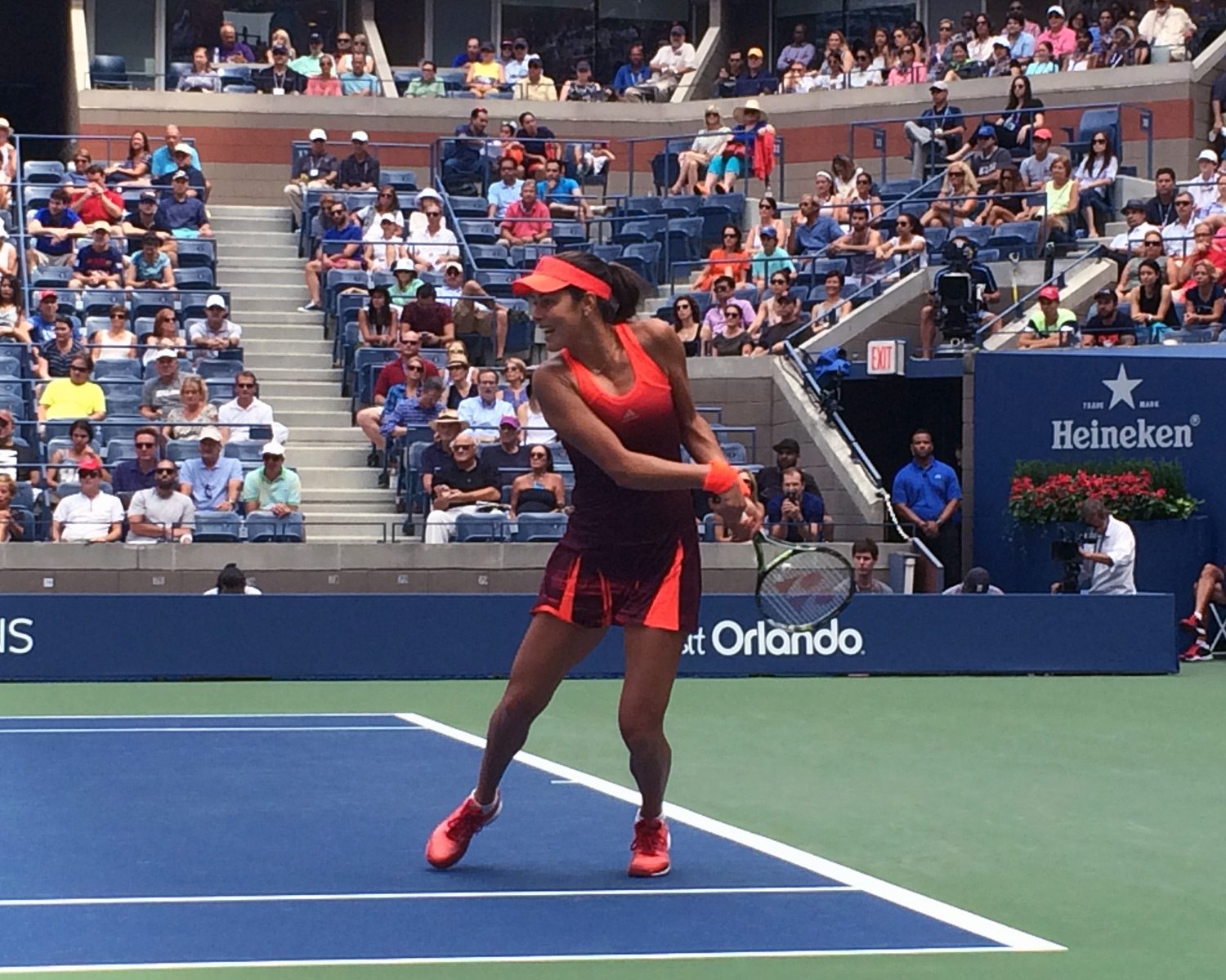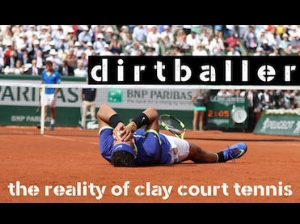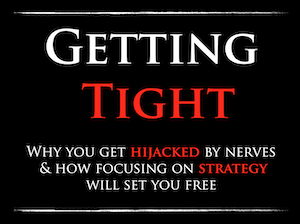15 U.S. Open Facts You Must Know

Numbers remove opinion. Numbers remove guesswork.
Let’s embrace data, shall we?
It has been an extremely enjoyable start to the 2015 U.S. Open, writing for the New York Times and analyzing data to see exactly what numbers and patterns dominate our sport.
Below are 15 data points that can definitely help make you a smarter player, coach or fan. Think of them as dots that we need to connect to fully comprehend the driving forces between winning and losing tennis matches on the world’s biggest stage.
1. Roger Federer has won 55.2% points lifetime at the U.S. Open
Take a 50-50 battle, tip it five percentage points in your favor, and you rule the world. Roger has won 5 U.S. Open titles, from 2004-2008, and this wonderful number gives hope to us all. If you win a set of tennis 6-3, you have won right around 55% of the points. It’s great math, highlighting the very small margins that exist in our sport.
2. You get paid $39,500 to lose a tennis match.
Tennis a very expensive sport, that takes several years to figure out if you are going to be any good at or not. It’s so good to see really solid prize money for first round matches. If you lose in the opening round of the U.S. Open (men and women), you win right around $40K. If you play all four Slams and lose in the opening round, you can earn around $160K. That’s very significant money for players in the 50-100 range to fuel all of their expenses throughout the year. Prize money at the 2015 U.S. Open is up 10.5% from last year, and 67% from 2012. That is definitely helping to make the sport as healthy as possible for those aspiring to greatness.
3. 10 Tennagers in the Men’s Draw (most since 1990)
The young guns have arrived. We are seeing the breakout year of what the sport will look like for the next several years. Those players are Frances Tiafoe, Andrey Rublev, Tommy Paul, Alexander Zverev, Borna Coric, Jared Donaldson, Hyeon Chung, Thanasi Kokkinakis, Elias Ymer and Yoshihito Nishioka. These are the players that will helping shape the sport for years to come.
4. Baseline Win % is a LOSING one
The average baseline win percentage for both men and women is right at 47%. Any time you are under 50%, you are losing. There are only a handful of players that get to win over 50% in both draws, highlighting just how hard it is to succeed from the back of the court. Those baseline numbers represent a player standing at the baseline when a point ended, versus an opponent either on their own baseline or at the net.
5. The net always enjoys a WINNING %.
In the opening round, the men had won 64% at net and the women were at 66%. When you hear the general consensus today that the strings and the rackets make it too difficult to come to the net, all you need to do is say “bollocks” to all of that. Those are numbers consistent right across the sport. Getting to the net is a very, very good thing to do. Just ask the that old guy, Roger.
6. There is a MASSIVE difference between 1st & 2nd serve win %.
In the opening round, men won 73% of points on their first serve and 50% on 2nd serves. Thats a difference of 23 percentage points. Significant! For the ladies, they won 63% on first serves and 45% on second serves – that’s a difference of 18 percentage points. Getting your first serve in matters.
7. About 30% of serves don’t come back in the court.
In the men’s opening round, 30% of returns were missed. For the ladies, it was 23%. This is a combination of aces, service winners, and missed returns. It’s great to know this number, as players are always trying to find free points, essentially winning the point before it ever gets started.
8. Forehands Crush Backhands
Here’s the opening round groundstroke winners for men and women. I have never seen the women at the same percentage as the men – but it happened this year in the first round.
MEN = 67% Forehand Winners
Forehand 707
Backhand 351
WOMEN = 67% Forehand Winners
Forehand 476
Backhand 233
9. The future = shorter points
Madison Keys defeated Tereza Smitkova in the opening round 6-1, 6-2. Not one single rally for the entire match reached double digits. Madison’s game style was the reason for this this, using First Strike tennis to dominate her opponent. 51% of Madison’s serves were unreturned, and 86% of points ended in first four shots. Madison is one of the younger players driving the future of the sport.
10. Serve & Volley = Good
In the opening couple of rounds of the men’s draw, players that served and volleyed at least five times won 71.4% of their points (except Nick Kyrgios 1/8). Simply, it beats the pants off the 47% baseline rally winning percentage. Yes, you can serve and volley in today’s game. Like anything else, go and practice it, get good at it, and add another weapon to your game.
11. Winners Are Rising
At the 2012 U.S. Open, winners accounted for 27% of points in the men’s draw. In the opening round of 2015, that number had skyrocketed to 36%. For the ladies, winners rose from 25% in 2012 to 30% in the first round this year. There is a lot more tennis to be played, but you get to see what the current generation are doing to the ball – crushing it.
12. Most Serves go to the BACKHAND
In the men’s opening round, 57.8% of all returns were from the backhand wing – 42.2% on the forehand side. You better have a good backhand return if you want to successfully compete on tour. Backhand returns were also made more – 69.5% of all backhand returns went in the court, compared to 65.1% on the forehand side.
13. More 1st serve points are won for the server in the DEUCE Court.
For the guys, 74.5% of first serve points in the in the deuce court were won by there server. In the Ad Court, that dropped to 70.1%. When you are working on improving your serve, practice far more in the Ad Court.
14. Rallies are generally toast by the fourth shot.
Here’s rally length data in the opening round in the men’s draw.
- 0-4 Shots = 71.5%
- 5-8 Shots = 19.6%
- 9+ Shots = 8.9%
Think about how you practice. You are probably practicing lots and lots of groundstrokes, that would typically fit into the 8.9% range. You are probably practicing serve and return 5% of the time, but most points (71.5%) are short, and dominated by those two shots. You need to strongly consider those numbers so you practice correctly.
15. The more you approach the more you win.
In the opening round of the women’s draw, the baseline winning average was 47%, and the net was 65%. But for those ladies that approached more than 20 times, their winning percentage rose from 65% to 74%. The more you come in, the better you get at it, and the more you win at the net.
I hope these numbers open your mind to what is really happening in a point of tennis – and what factors dominate the final outcome.
Cheers from New York!
Craig









